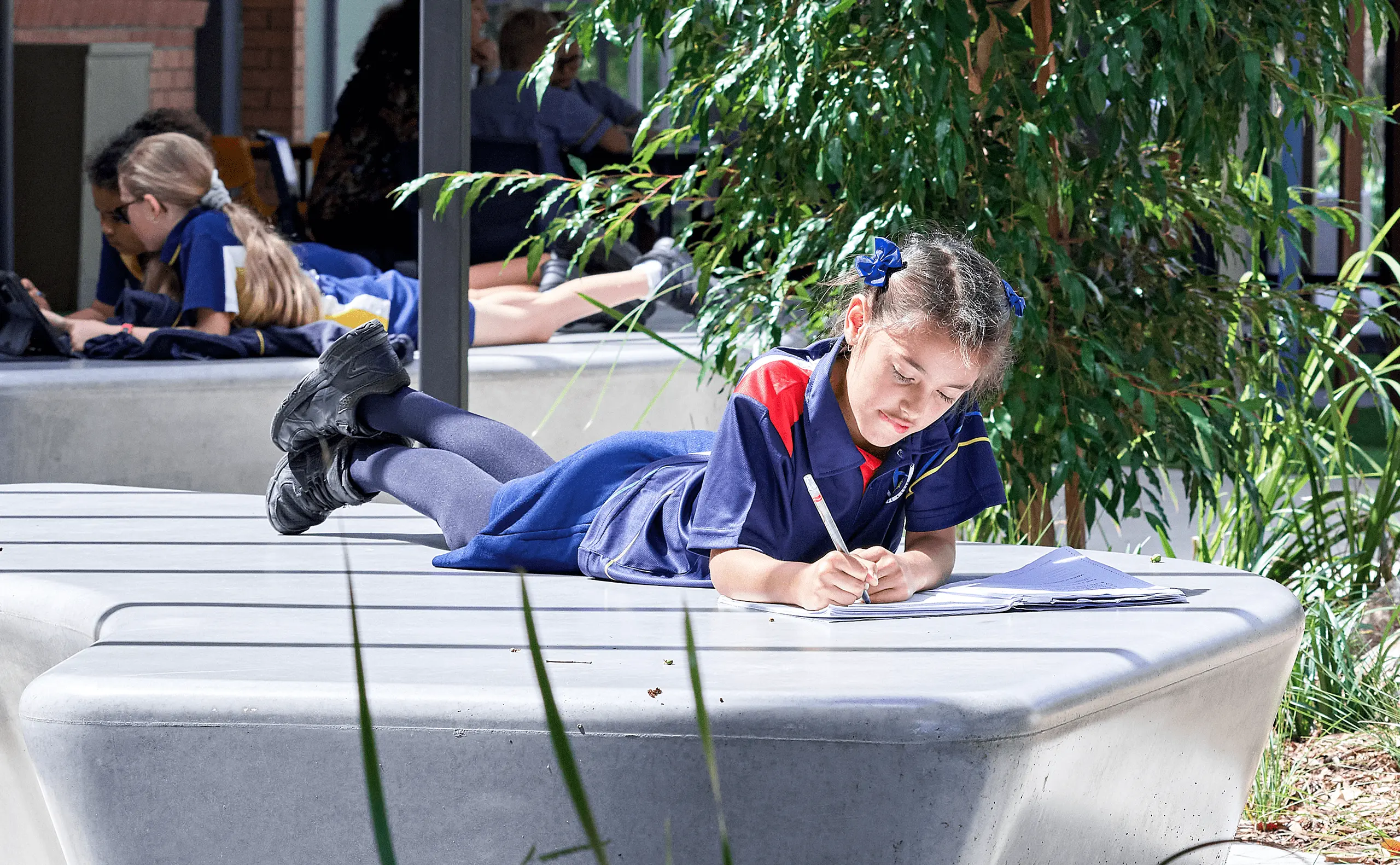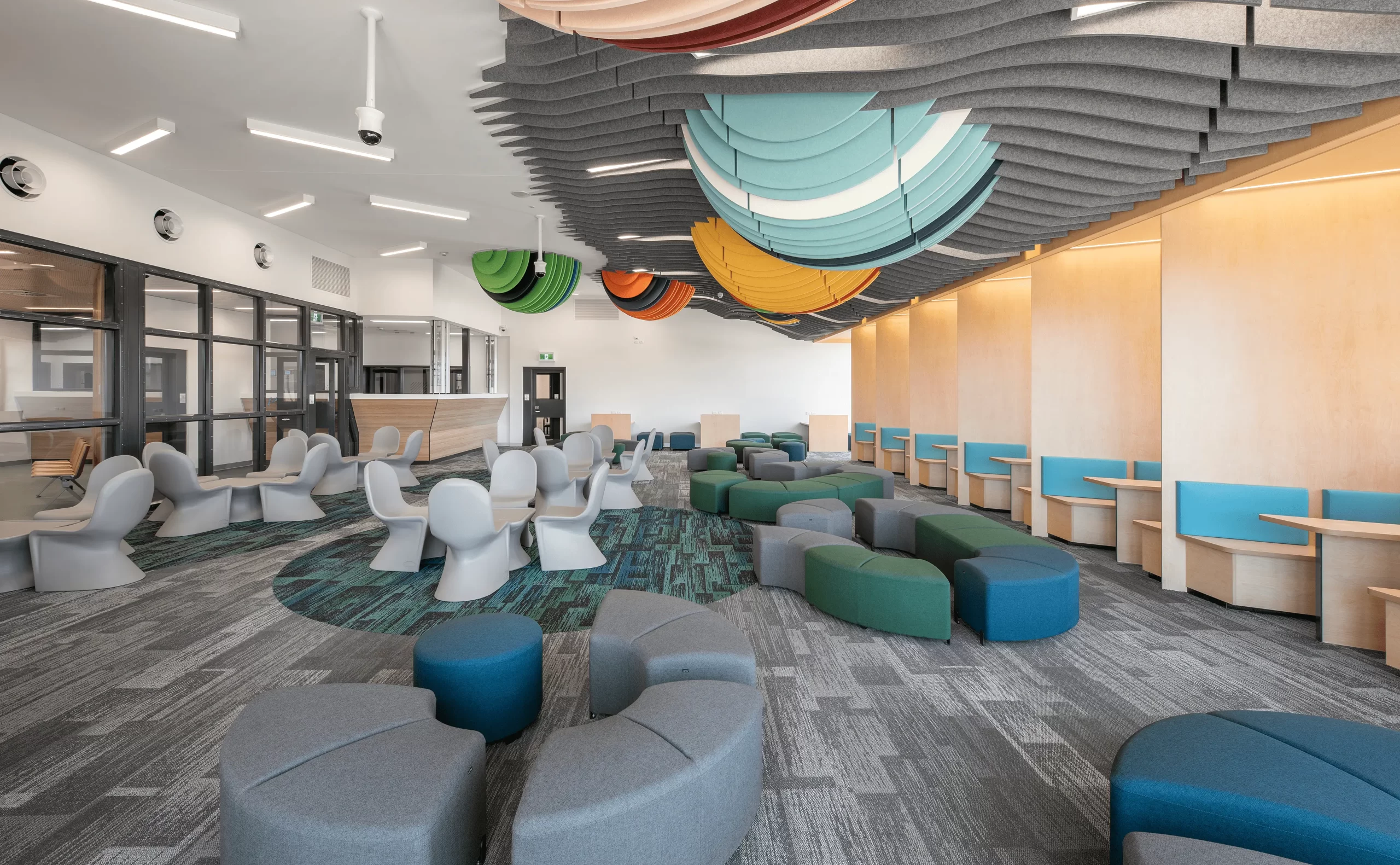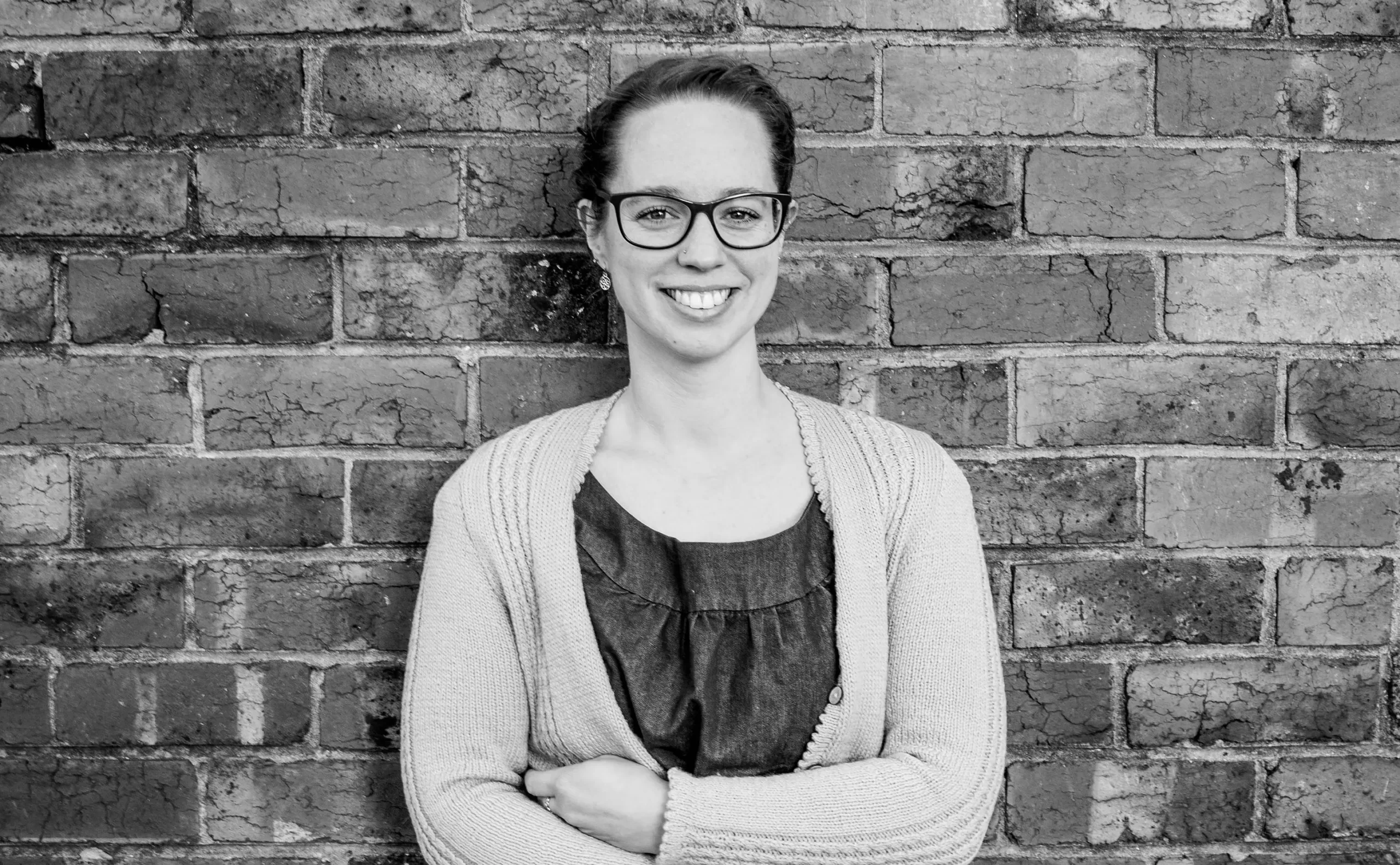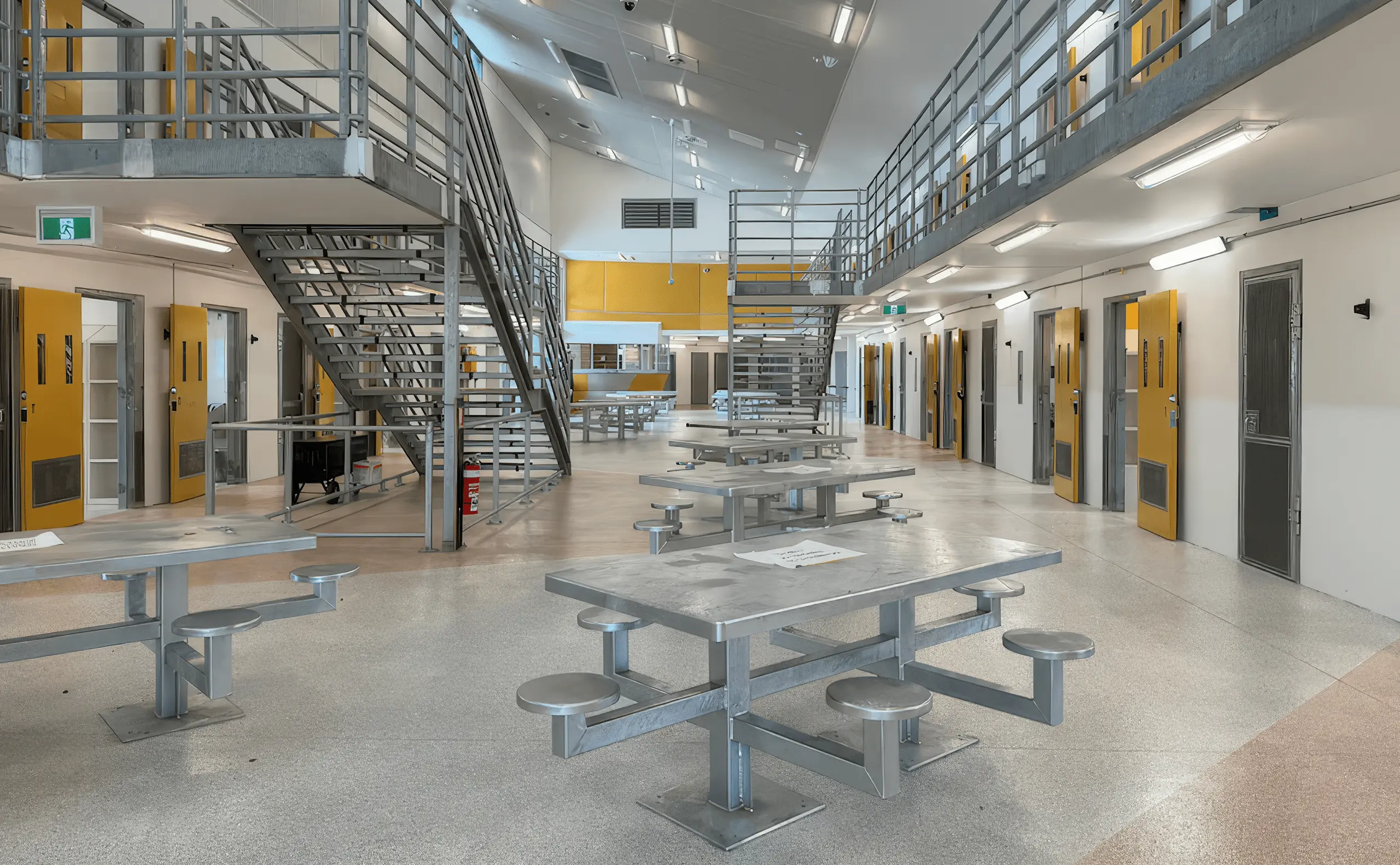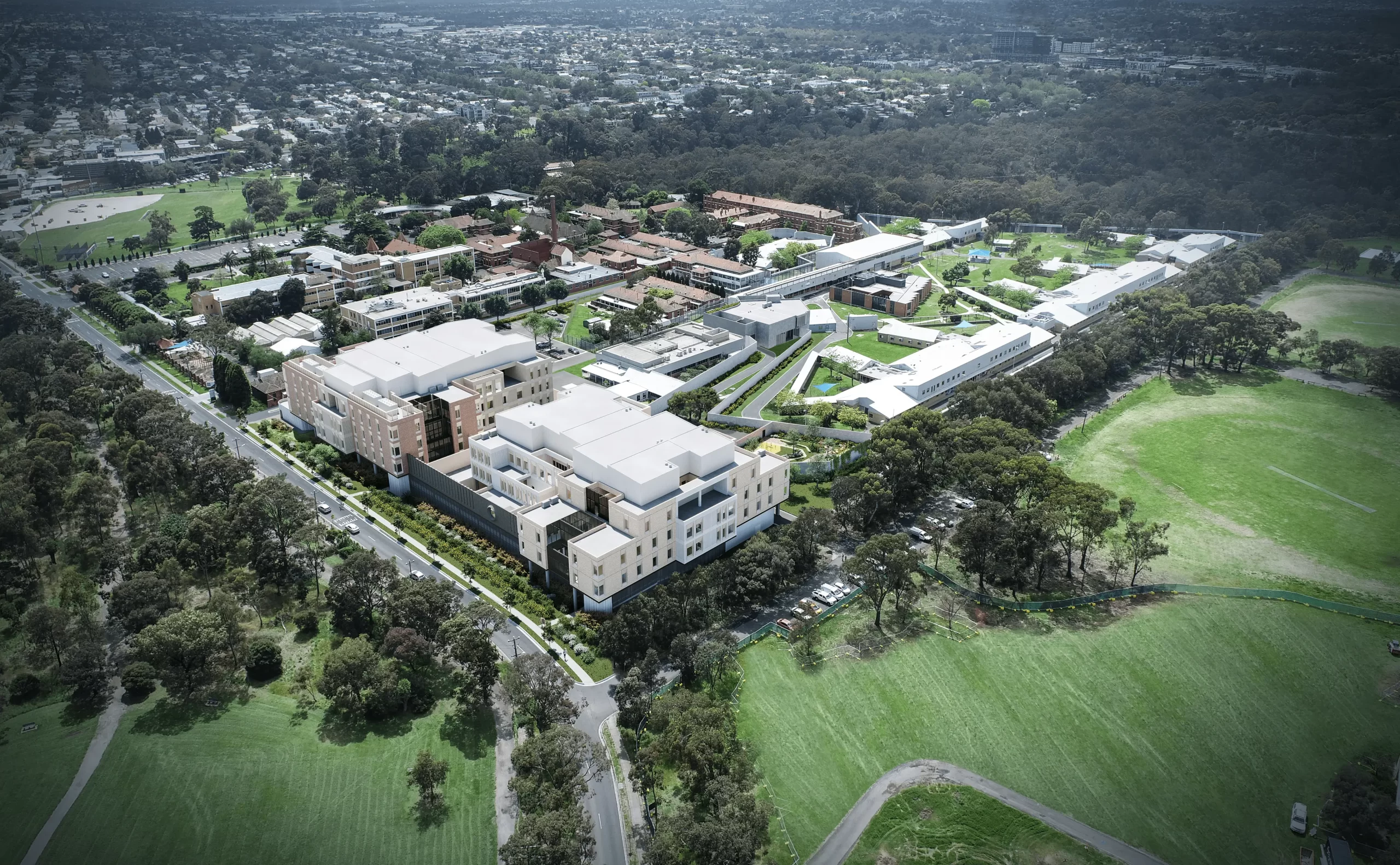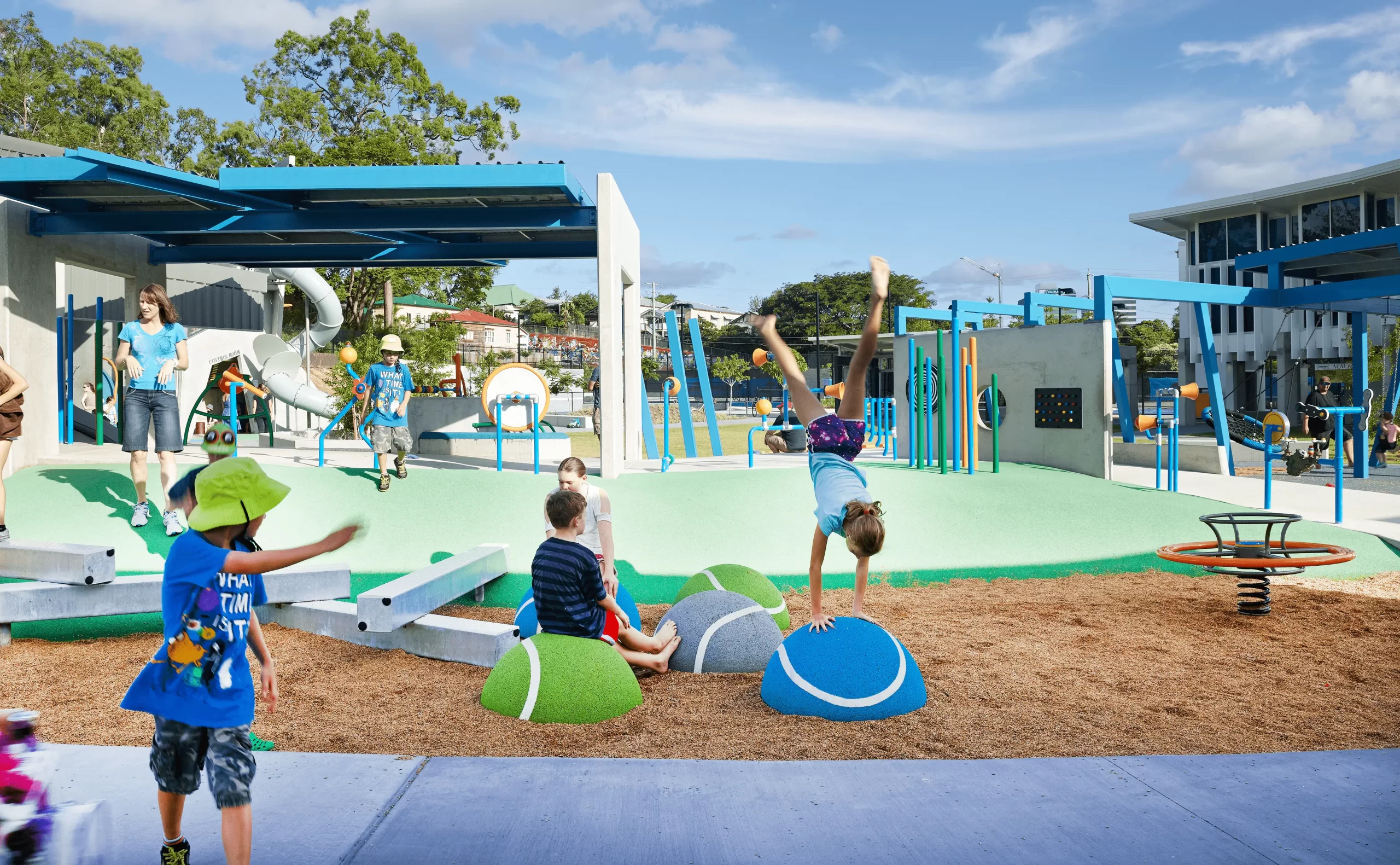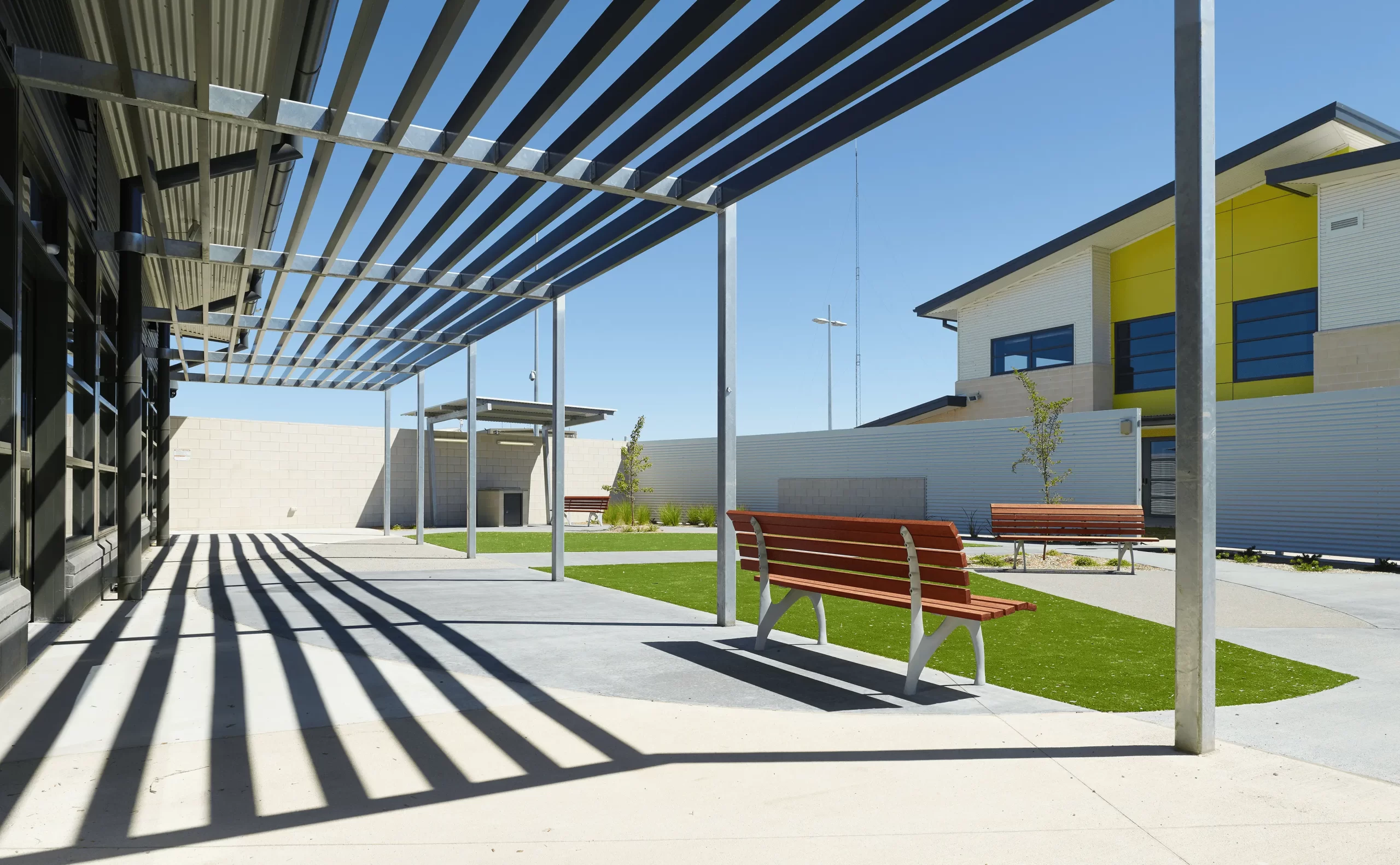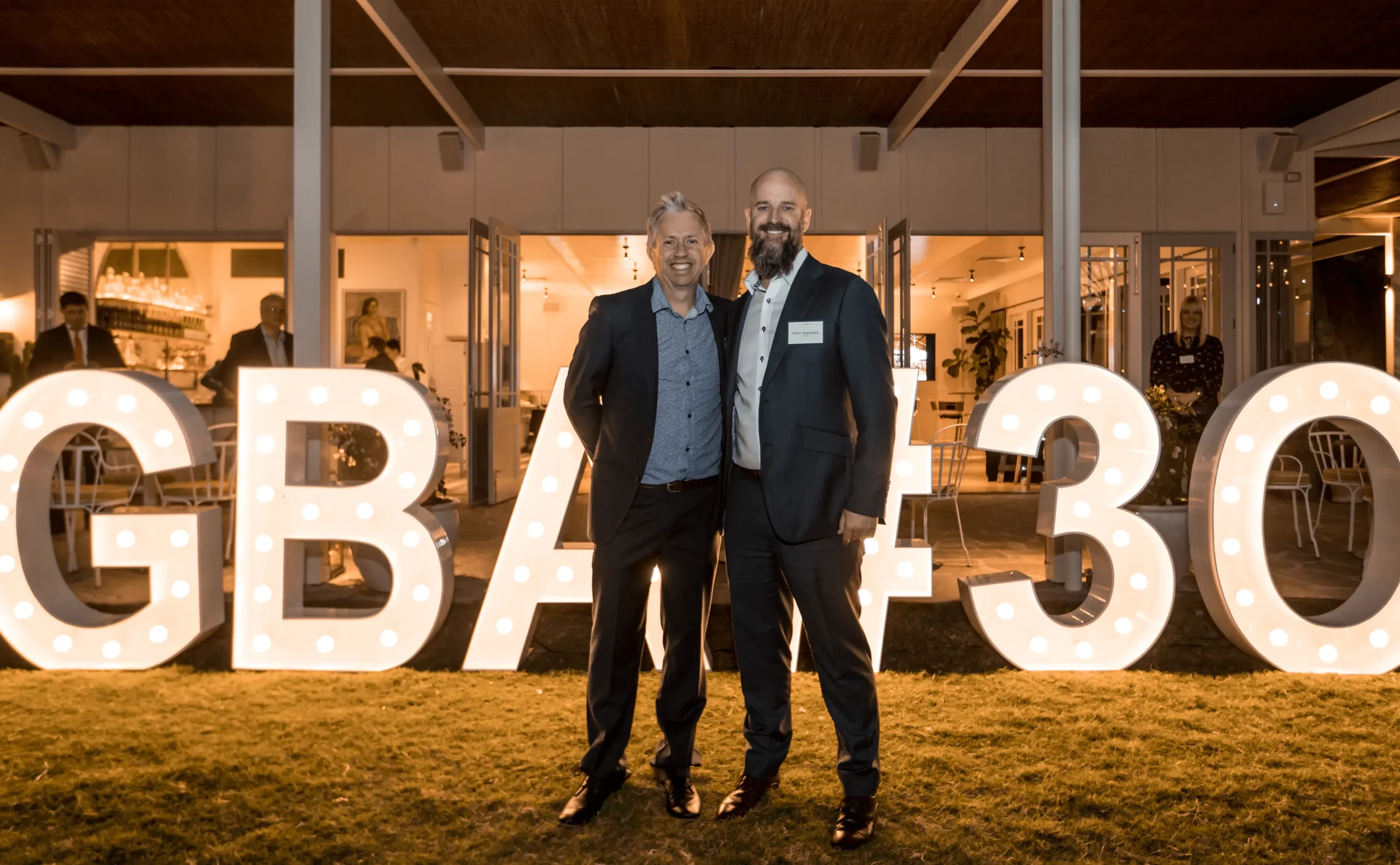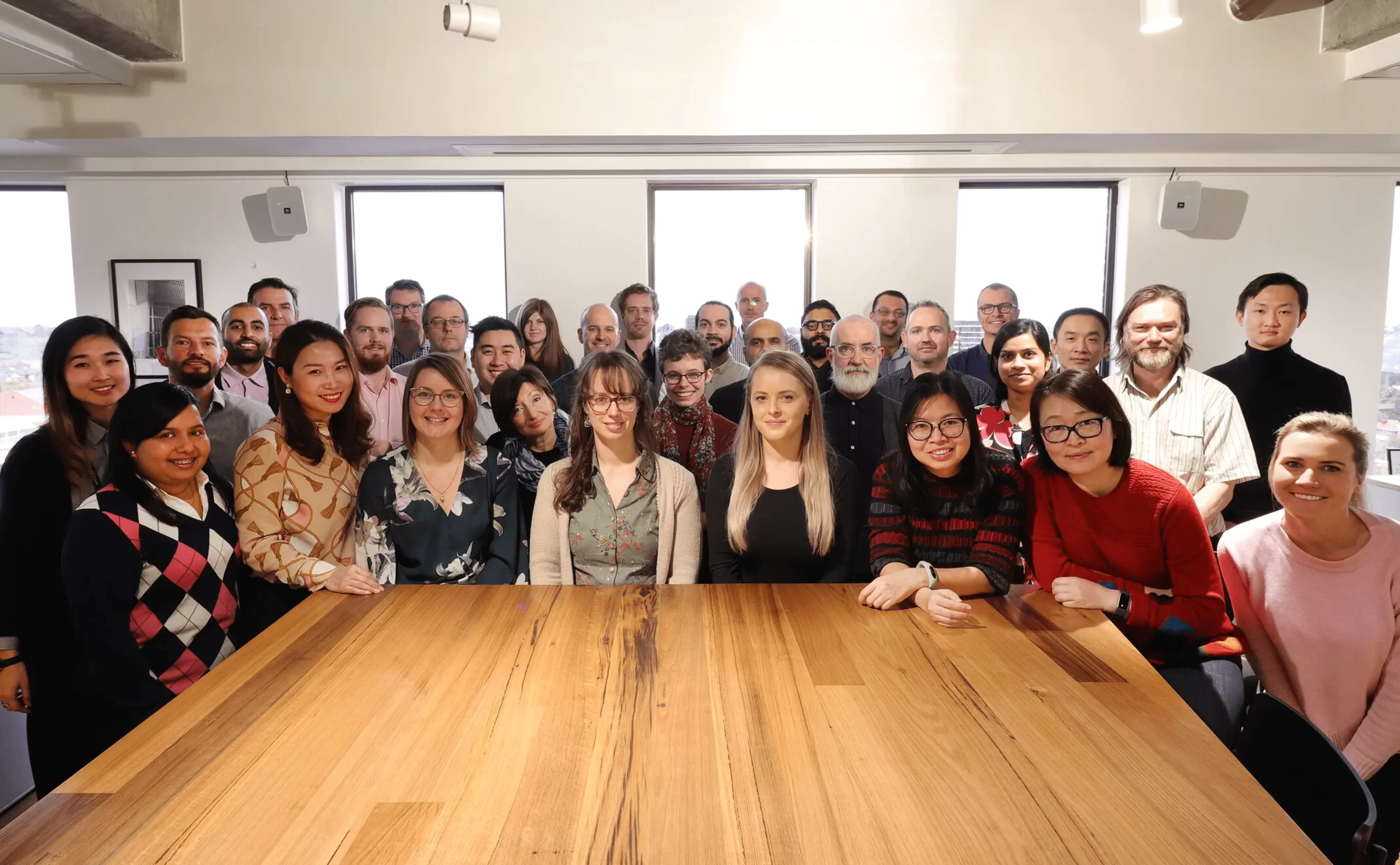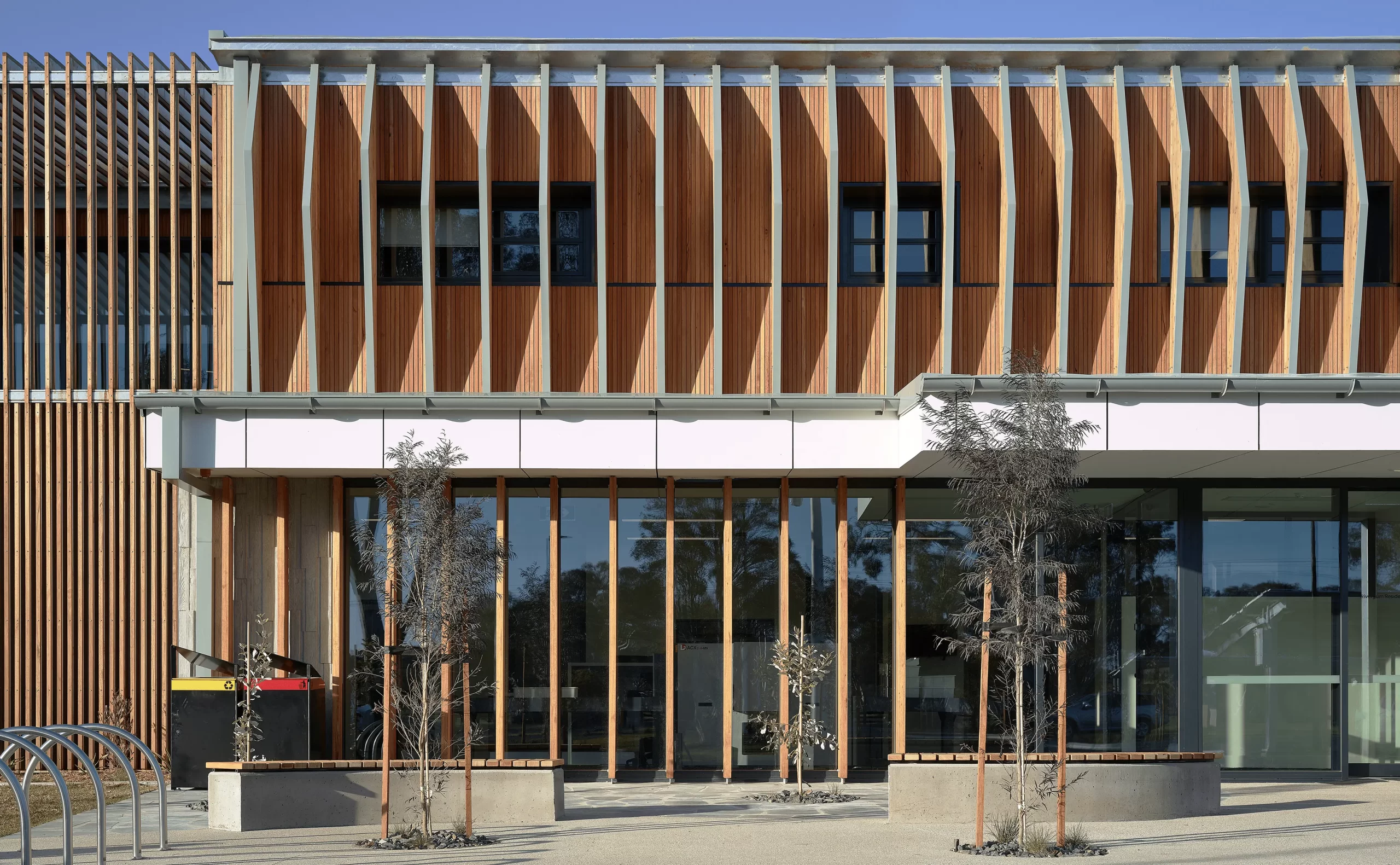
Rivergum Residential Treatment Centre, a secure residential treatment facility designed to house 20 residents from serious sex offender and violent offender cohorts, has recently opened in the Grampians region of Victoria.
The post-sentence facility, designed by Guymer Bailey Architects, has been created to provide intensive treatment to target rehabilitation prior to transitioning back into the community and includes staff offices and training spaces, various rooms for programs, training and education and individual residential units to encourage independent and community living.
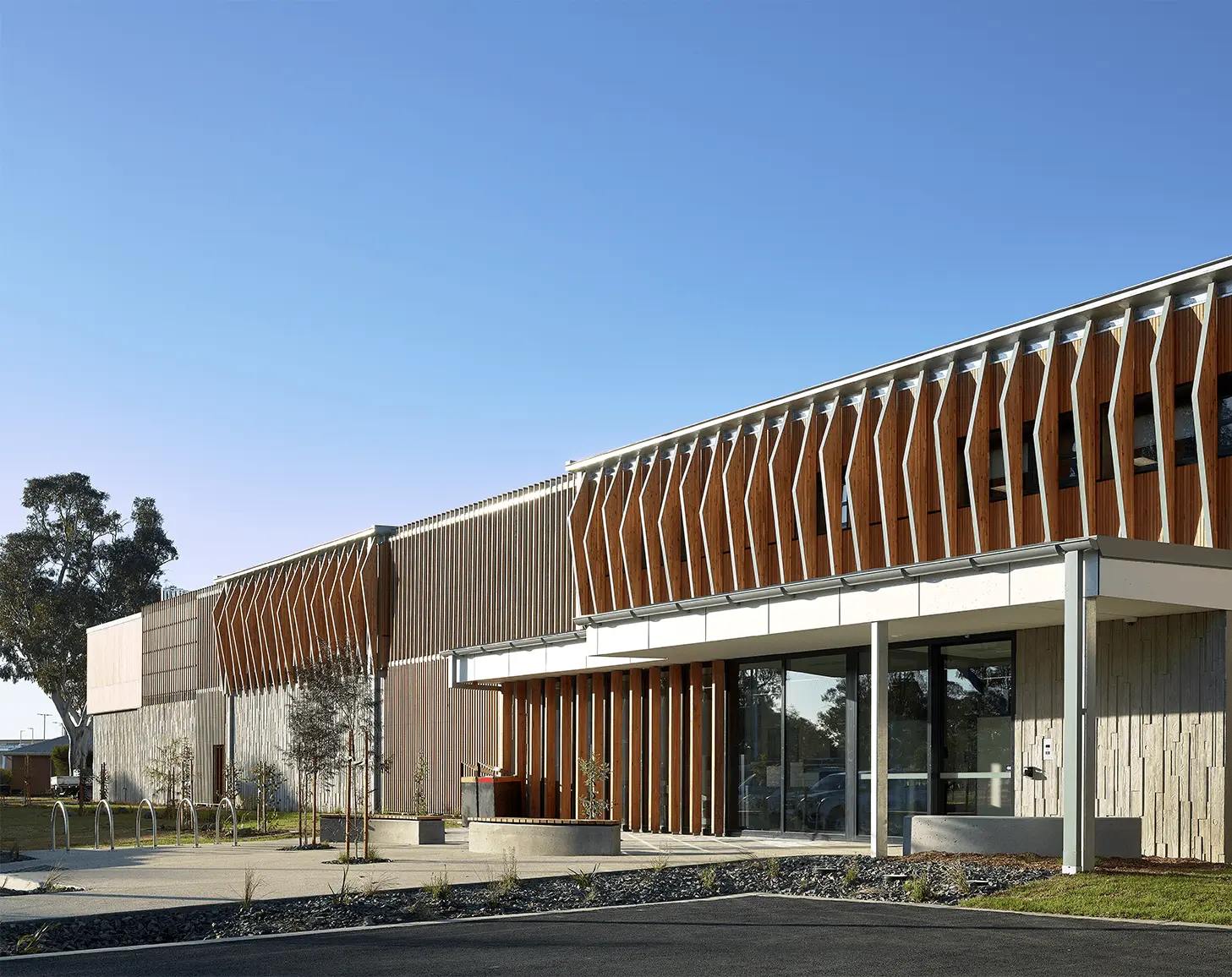
Rivergum Residential Treatment Centre. Photography by Scott Burrows Photography.
Kavan Applegate the Project Director on the Rivergum Residential Treatment Centre, said the Centre had been designed to reduce recidivism rates in Victoria.“This facility is the first of its kind in Victoria and displays the commitment Corrections Victoria has to providing intensive treatment and supervision to serious offenders to reduce risk of reoffending.”
To avoid an institutional feel, the Centre uses a mix of warm materials such as timber both internally and externally throughout the buildings, as well as landscaped outdoor areas (with walking paths, gardens and exercise equipment) to provide a greater connection to nature from both staff and resident areas. Independent living has also been encouraged through the design, with individual residential units linked to communal spaces.
“The individual residential units are designed to encourage independent living for residents to help them transition back into society. Shared communal spaces also allow for community-type interactions with other residents in a way that is very different to the operations within a correctional facility. Research from the UK has shown that supported housing like this is an important part of effective rehabilitation and reintegration.” Kavan said.
There are three standout design features of Rivergum Residential Treatment Centre:
The Perimeter Fence
Due to the secure nature of the brief, the perimeter fence still needed to function like a prison perimeter – but these traditionally feel harsh and overbearing. To minimise the correctional feel, a fence was designed with precast concrete panels at the bottom and with a perforated steel fence above. An image of trees is created with the perforations in the fence providing visual relief in the perimeter border. The fence has been detailed in such a way that it maintains the required security levels.
The Timber Cladding
The main building is clad in timber on the second floor to distinguish it from the other single-storey buildings and almost eliminate the feeling of being inside a secure facility. The timber cladding also forms an anti-climb façade to the resident side. Blackbutt timber was used due to its amazing, rich tone that will naturally grey over time.
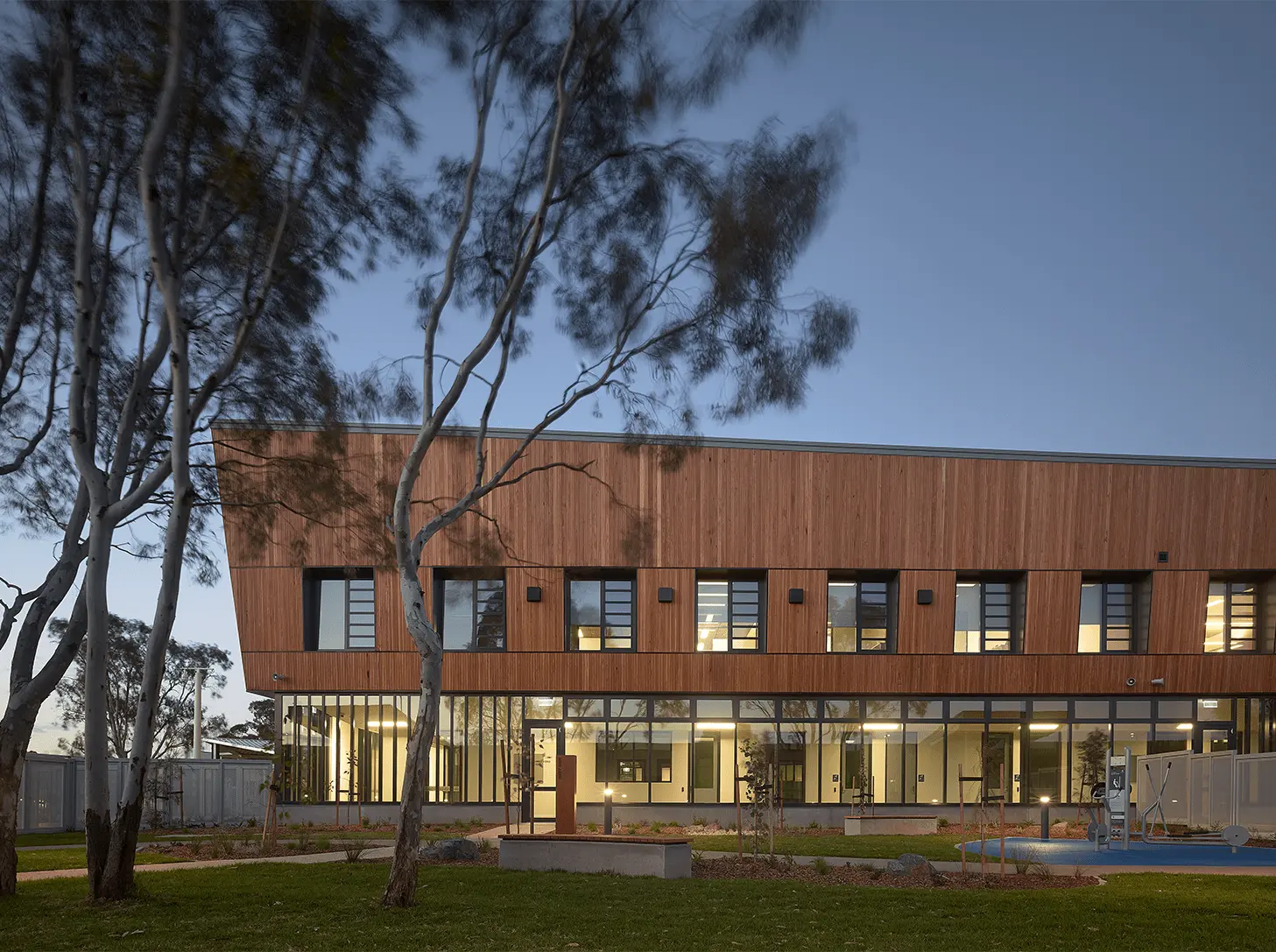
Programs Building at Rivergum. Photography by Scott Burrows Photography.
The Environmentally Sustainable Design (ESD) Initiatives
To ensure sustainability through the design of the Rivergum Residential Treatment Centre, we worked closely with our expert ESD Consultant who guided our material and systems selections to maximise quality and long-term savings. These initiatives also aim to reduce energy consumption and decrease impact on the environment.
Passive Design: Passive environmental design principles were incorporated into the buildings to reduce the need for mechanical heating and cooling, and calculated sun shading elements such as the timber fins on the main building’s northern façade were also built in to reduce summer heat loads. Other passive design techniques include attention to building orientation, insulation, natural ventilation and thermal properties of materials.
The windows of the facility were specified to have high performance, double-glazed units, which minimises heat transmittance, and thermally broken aluminium window frames to eliminate cold bridges from the outside temperature into the buildings. The staff offices also have double glazed operable louvres, which operate automatically depending on the internal office conditions to maintain optimum indoor air quality.
Putting preference on natural ventilation to achieve high indoor air quality levels, most of the rooms across the site, including the residential units, utilise a Lunos unit, which continuously trickles in fresh air from the outside without the need for a full HVAC system and thus decreases energy use. The main Programs building was given a central, triangular courtyard to minimise depths of floor plates to maximise natural day light into the spaces, reducing the need for full internal lighting during the day.
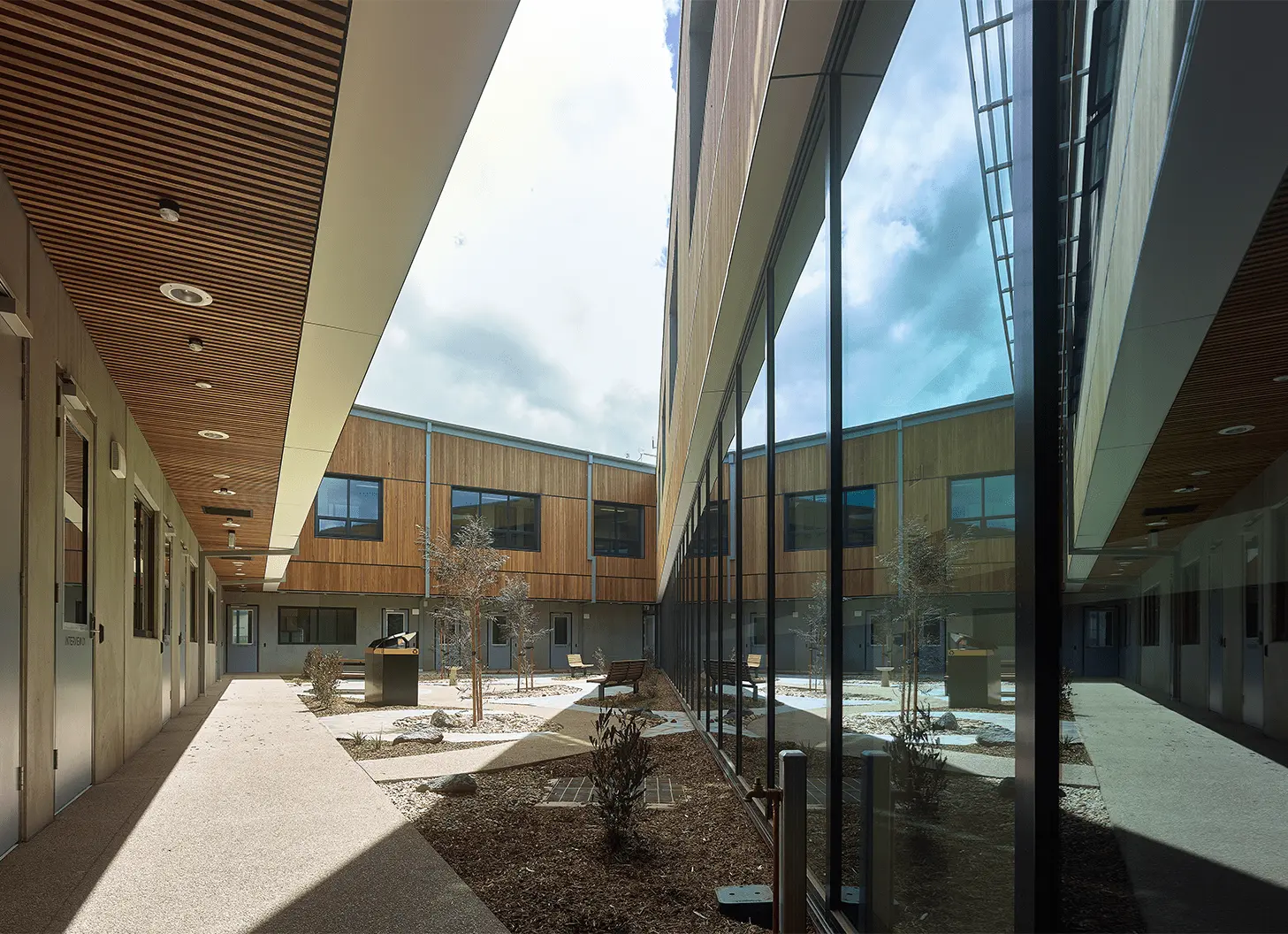
Central Staff Courtyard. Photography by Scott Burrows Photography.
Materials: Insulated precast concrete sandwich panels were used inside to maintain high R-values and stabilise internal temperatures. The floors throughout the facility are generally honed concrete, which also attributes to thermal mass, reduces the need for additional flooring material and creates a raw but characteristic finish to the spaces.
Insulated sandwich panel roofing completes the continuous insulation around the buildings. This was achieved by careful detailing of the insulation in the walls and to the underside of the slab which all join with the roof insulation like an uninterrupted wrap around the building. This essentially stops any heat or cool air leaking out of the buildings, which can lead to overuse of HVAC systems and creates a continuous insulation wrap around the buildings .

Staff Breakout. Photography by Scott Burrows Photography.
Residential units use the thermal mass of the brick veneer and concrete filled structural walls to keep the units cool in the summer and warm in the winter without mechanical systems . The floors in the residential units have in-slab hydronic heating. The high thermal mass of the concrete allows for it to absorb, store and release heat, thus making the heating system more effective with less energy use for winter months. All the residential units also utilise the Lunos units and have operable windows, filling the units with constant fresh air and freedom for users to control the internal environment based on their needs.
A geothermal system supplies energy for the hydronic heating, further reducing the heating energy consumption. The geothermal system also provides cooling for the mechanical systems in the main programs building by circulating coolant through loops in the ground that use the natural sub-surface temperatures to cool down before recirculating again.
Geothermal energy is still not very common in Australia, but when used in conjunction with the other sustainable initiatives at Rivergum, such as understanding thermal mass of materials like concrete and combining it with effective systems like in-slab heating, it is designed to reduce energy consumption and provides a better environmental outcome as it relies on natural ground temperatures and only requires a small pump to recirculate coolant through the pipes.
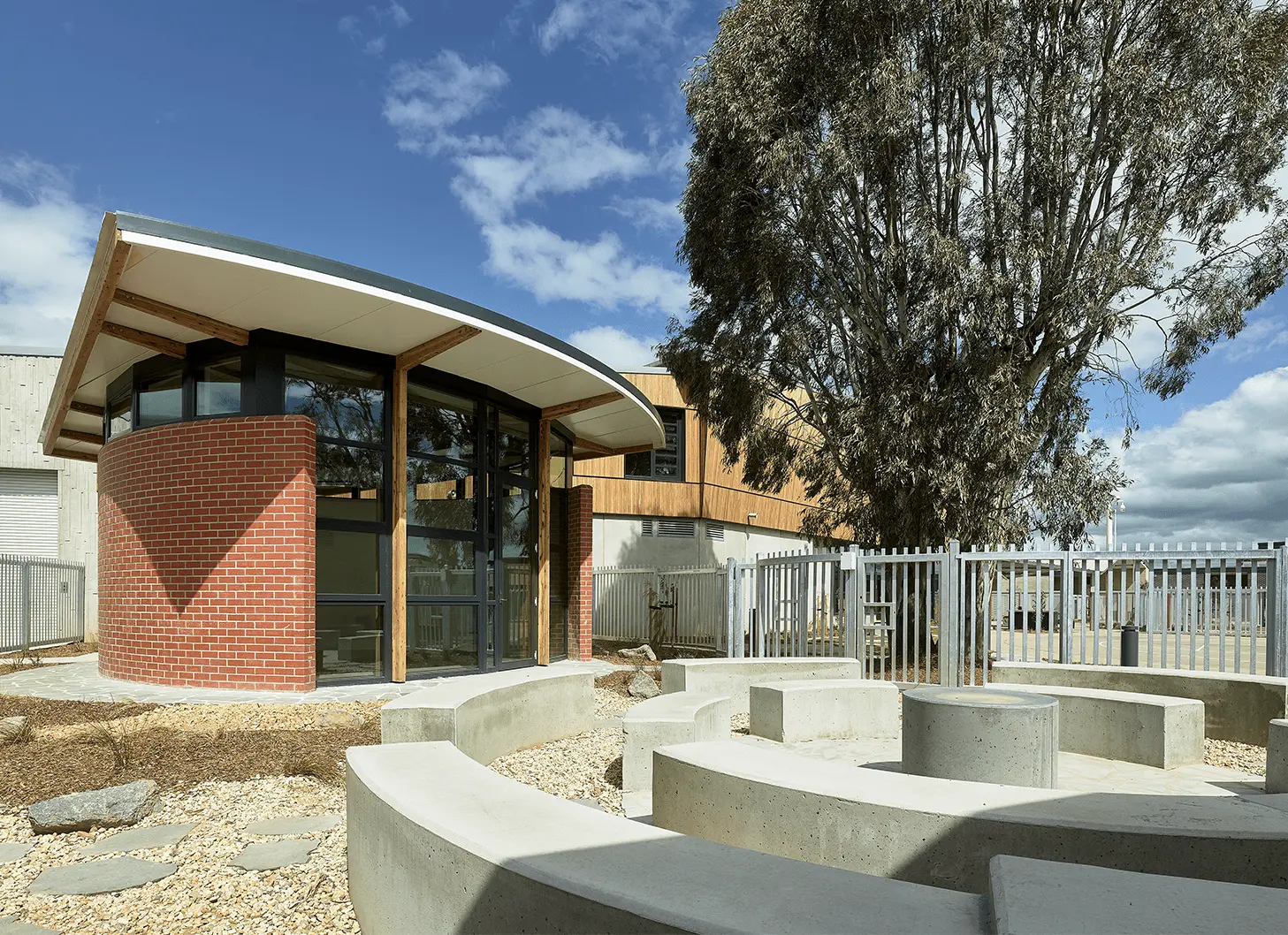
Multi-Faith Chapel and Contemplative Garden. Photography by Scott Burrows Photography.
On Site Collection: External sustainable initiatives were also included in the design such as solar panel shade structures over the car park and thoughtful design of networked swales to maximise stormwater capture for storage in underground water tanks.
The solar shade structure use is a two-fold: one was to provide off-grid power to the facility; and the other, to provide staff vehicles protection from the extreme summer and winter temperatures. Each car space is estimated to provide approximately 3kWh. To compare, an average household of one person uses approximately 9kWh per day. 60 car spaces are covered, which means there is enough power generated to supply around 20 single households per day.
The facility is 100% electric, and the inspiration behind this innovative idea was the Department’s aspiration for Net Zero Energy in all new facilities. By harnessing clean energy, the facility can reduce its carbon footprint and has a chance to offset the embodied and consumed energy of the materials, construction and use of the facility.
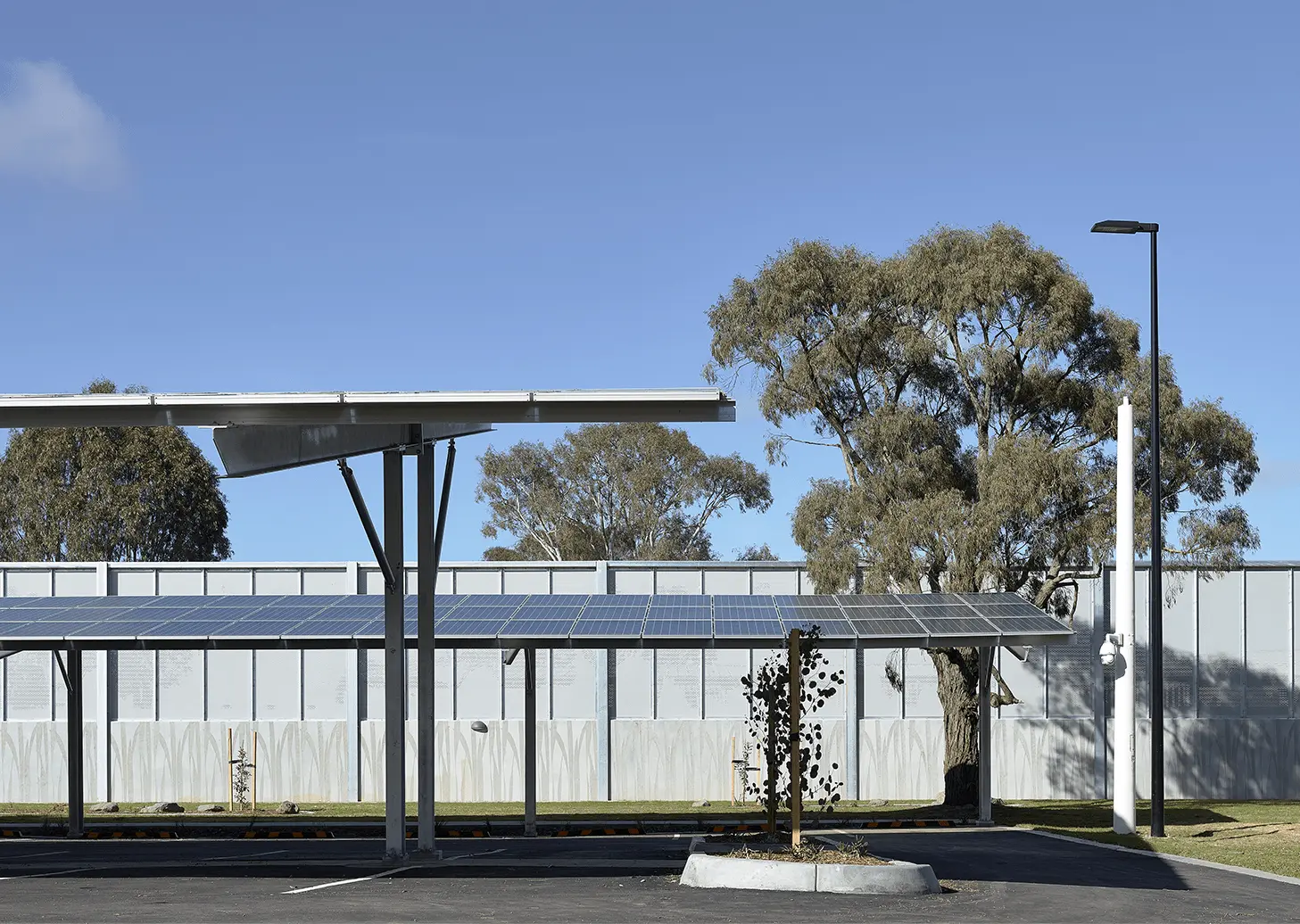
Solar Panel Shade Structure. Photography by Scott Burrows Photography.
The Rivergum Residential Treatment Centre is a clear example of what can be achieved through innovative rehabilitative design. Providing a non-institutional space which still operates as a secure facility, residents can more easily adjust to life in the community.
The Rivergum Residential Treatment Centre was recently shortlisted in the 2019 Victorian Architecture Awards Sustainability Category.

